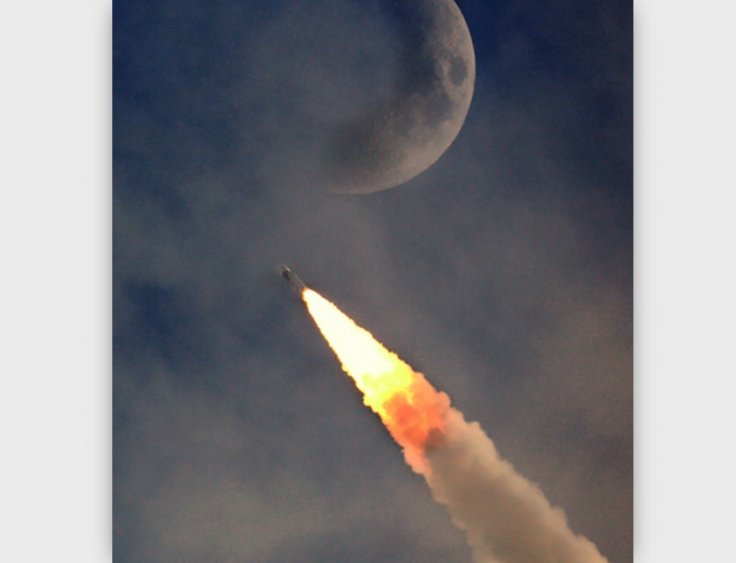It was around a few hours back that NASA claimed to have discovered Chandrayaan-2's Vikram lander that allegedly crash-landed on the moon. However, K Sivan, the chief of Indian Space Research Organization (ISRO) dismissed these claims and made it clear that the Indian agency had located the crashed lander first.
Before NASA, ISRO located it first

According to an ANI tweet, Sivan revealed that ISRO's own orbiter had located the Vikram lander, and he added that this news was shared on the space agency's website before a few weeks.
"Our own orbiter had located Vikram Lander, we had already declared that on our website, you can go back and see," said K Sivan.
Earlier, on the early morning of Tuesday, NASA tweeted an image of Vikram lander's impacted site, and the space agency revealed that they discovered this site using the Lunar Reconnaissance Orbiter (LRO).
The agency also added that the debris was located about 750 meters away from the main crash site. It should be noted that NASA had credited Shanmugha Subramanian, a Chennai based engineer to find the debris.
In a recent interaction with the Deccan Herald, Shanmugha Subramanian who calls himself Shans revealed that he used to work for six to eight hours a day for five weeks to discover the lost Vikram lander.
"When I zoomed in on a particular picture, I had an inkling that it could be the debris of Vikram lander. I knew the intended landing location of the lander. Taking a cue, I kept working six to eight hours a day for five days by zooming in further on the image. Thanks to the public data that was available, I could compare the new picture with the old ones by going through block by block.
Shans stated that fifteen days after putting out the tweet he wrote to Nasa and explained his findings with proof. The reply came after 50 days when NASA credited him for the feat.
Chandrayaan-2: A billion prayers went in vain
Indian Space Research Organisation (ISRO) Chief K Sivan on NASA finding Vikram Lander: Our own orbiter had located Vikram Lander, we had already declared that on our website, you can go back and see. (3.12.19) pic.twitter.com/zzyQWCDUIm
— ANI (@ANI) December 4, 2019
Chandrayaan-2 was widely considered India's giant step to join the space race. However, the team on the ground lost communication with the lander when it was just 2.1 kilometres away from the surface of the moon.
After the failure of the mission, Indian prime minister Narendra Modi told scientists who were part of the mission that ups and downs are part of life. The prime minister also made it clear that India will successfully land a lunar rover on the surface of the moon in the next attempt.









